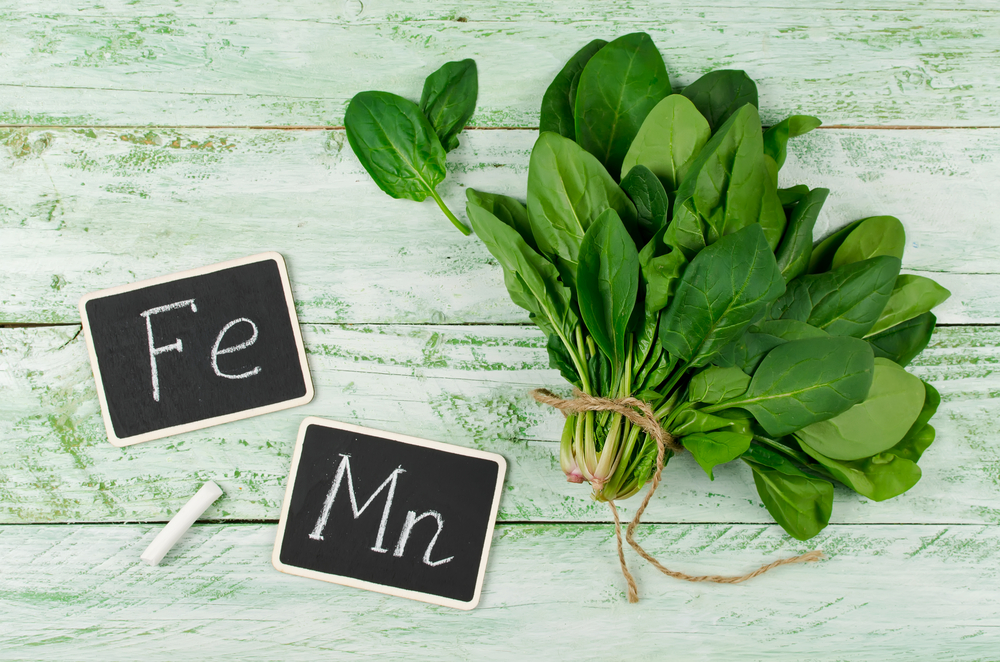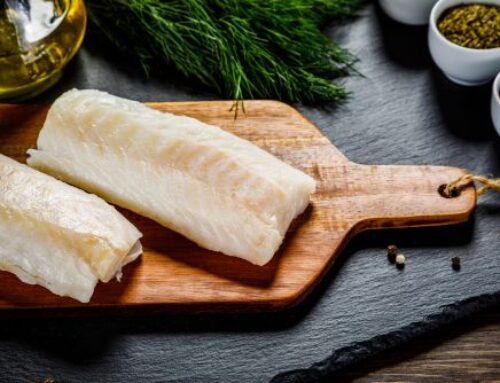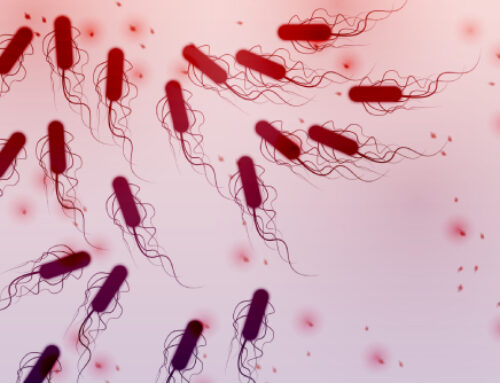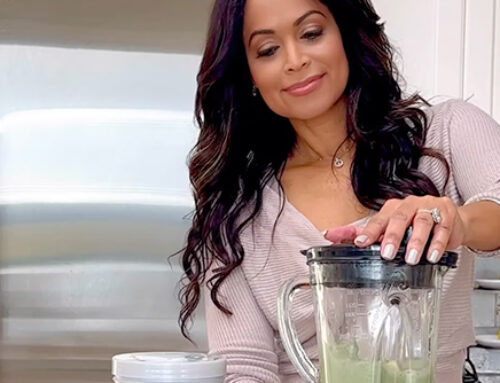Iron is a building block for our body’s health, which is why we’ve named it one of the “essential” minerals. It helps your body make hemoglobin, which is the protein in your blood that expedites oxygen transportation between all the parts of your body. Iron supports your muscles and organs in this way and is an even more essential vitamin for pregnant women.
Despite these facts, our diets often don’t contain enough iron. Iron deficiency has a two-pronged cause – not enough iron in our food and not enough ability to absorb the iron we do eat so that our bodies can use it. We need both to have adequate iron levels, so I’m going to address both in the information below. Keep reading to learn 6 great ways to increase your iron levels.
1. Eat Meat

Meat is the most known source of dietary iron and for good reason. Not only is most meat –beef, chicken, pork, shellfish, and even regular fish like haddock and tuna – packed with natural iron, but it’s also easy to absorb.
The iron found in meat is called heme iron and is the healthiest our bodies can consume because our digestive systems recognize it and disperse it easily. Unfortunately, in a cruel twist of fate, pregnant women often have trouble digesting red meat and shellfish, even though they need 2-4 times more iron than the average person.
That’s one of the reasons I’ve listed many non-meat alternatives below.
2. Leafy Vegetables

Vegetables that are dark green and leafy contain a ton of iron. Spinach and kale are the superstars when it comes to getting non-heme iron as part of your dietary routine.
Kale makes a great salad but also goes well as a thickener in a fruit smoothie. Start your morning routine right with a balanced smoothie that includes protein, fruit, and kale. This is especially great for pregnant women, who may be cutting back on morning caffeine to keep their baby healthy. A good smoothie can be a great replacement for your caffeine fix.
3. Quinoa

Quinoa may already be a part of your healthy diet owing to its advantages to people who have a gluten intolerance. Quinoa contains proteins, folates, magnesium, antioxidants, and a ton of iron. This nutty grain blends great into soups, pilafs, and salads, letting you get your daily iron in style. For pregnant women with diet-restricting nausea, its nutty, unassuming taste should be easy to keep down.
4. Pumpkin Seeds

I’m always looking for easy snacks to take with me on the go to work or on my errands. Pumpkin seeds represent the best portable snack for people looking to increase their iron intake, but they contain a cocktail of other minerals as well. They’re packed with magnesium, which is a big plus for about a third of the American population who need it. They can even help you manage diabetes.
5. Beans

Beans and other legumes like lentils and chickpeas are a fantastic source of iron. I’m always thinking about my vegan and vegetarian friends when I make these lists and beans would be right behind kale on my list of recommendations for them if they wanted to boost their iron.
Black beans and kidney beans are especially good sources of iron, as well as folate and potassium. Beans can reduce inflammation associated with diabetes, improve heart function, and help you lose weight with a daily dose of soluble fiber.
6. Vitamin C Supplement

An iron supplement would be an easy addition to this list, but I assume you know that’s an option if you don’t have time to get iron in your diet. However, what you may not know is that eating iron isn’t always enough. You also need to be able to absorb it, which is where Vitamin C comes in.
Many people with iron deficiency are actually eating enough but lack Vitamin C to absorb and use it. This is why a Vitamin C supplement can help you reach your ideal iron levels. You can get it in foods, such as citrus and bell peppers, but a supplement works too.
The Takeaway
Foods and supplements that help you maintain healthy iron levels can stave off iron deficiency, a condition marked by fatigue, headaches, and weakness. Even if you can’t eat meat, which is the often-cited solution to iron deficiency, you can use any of the alternatives above to get the iron you need.
However, you need to make sure you also take in enough Vitamin C! All the kale smoothies in the world can’t help you increase your iron levels if you can’t absorb it.





Thank you Tracey ♥️ Always excellent advice.